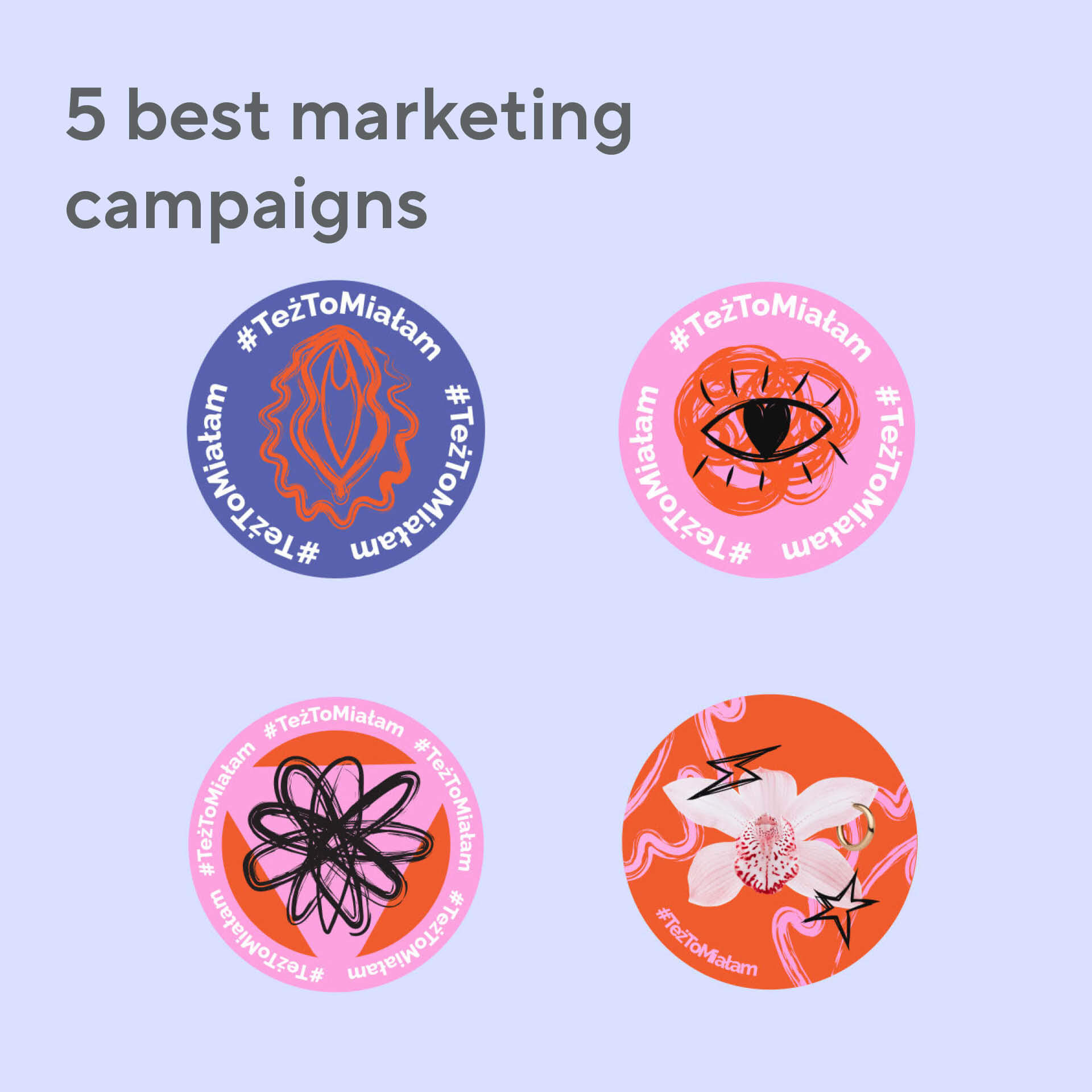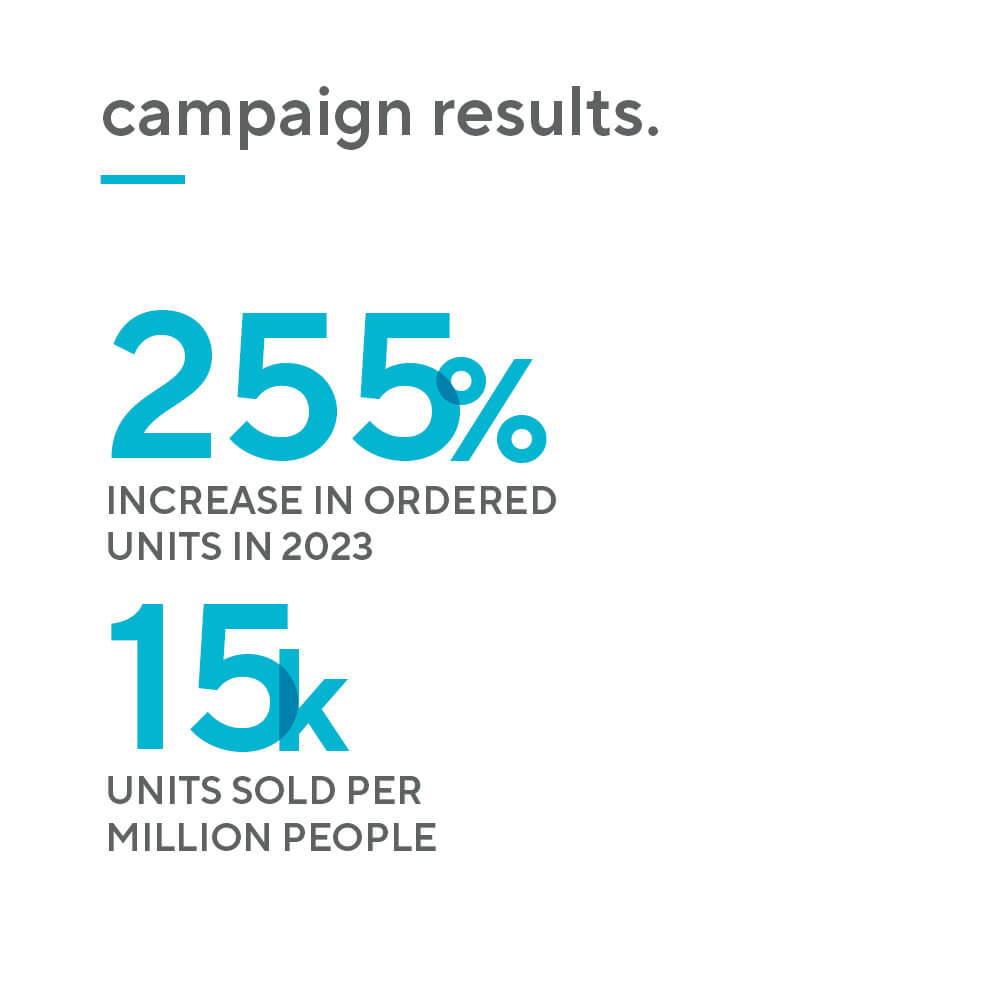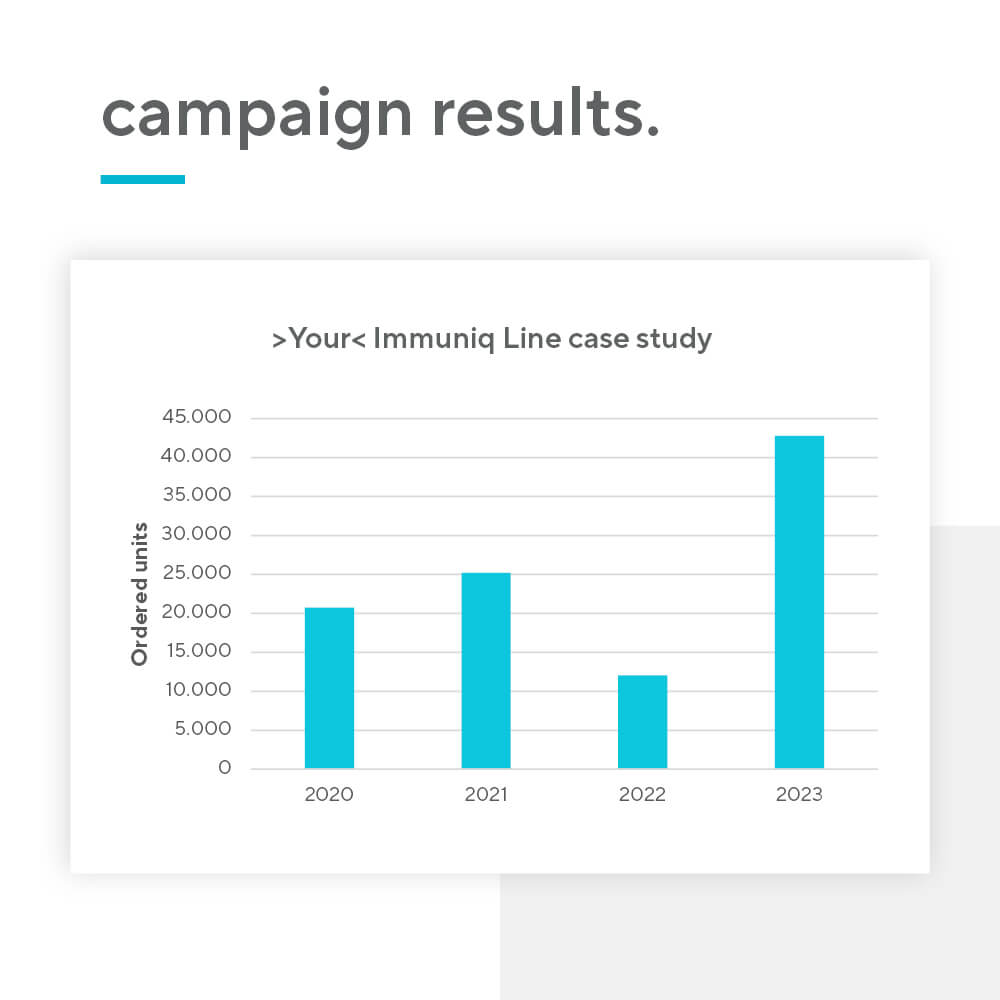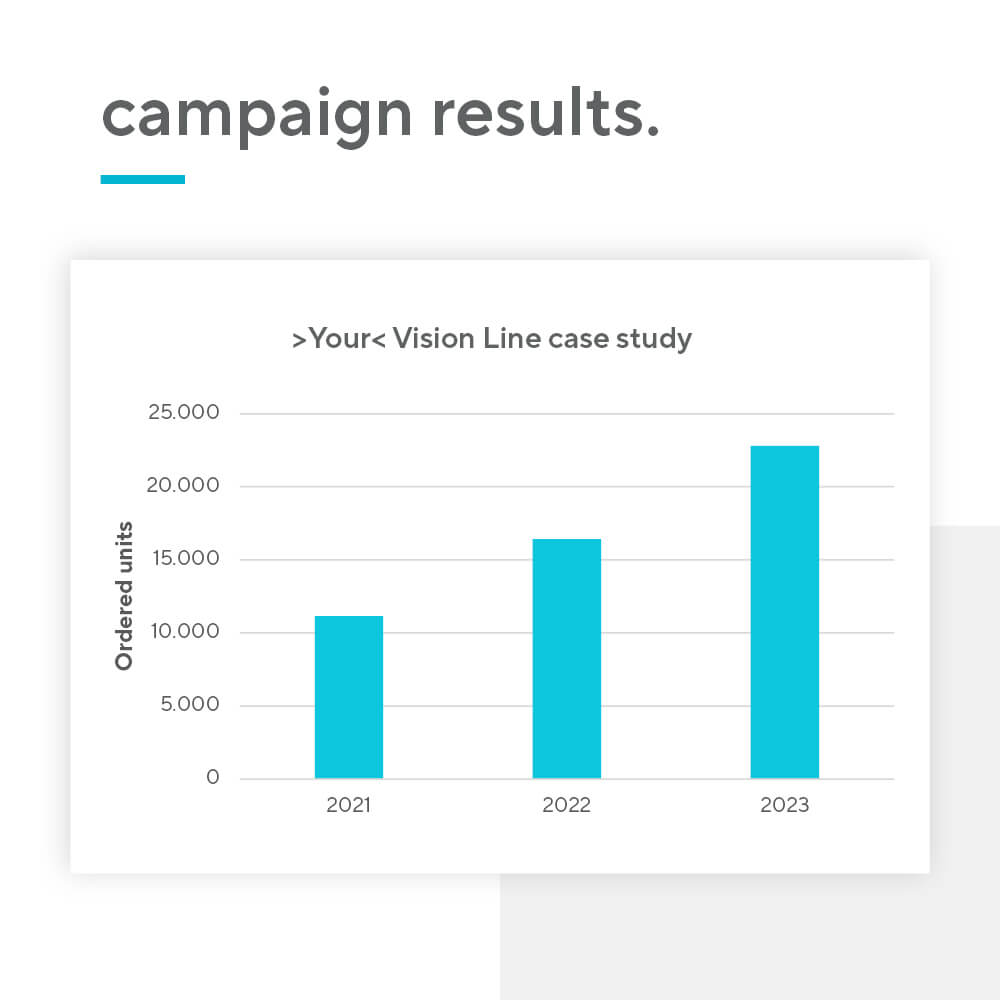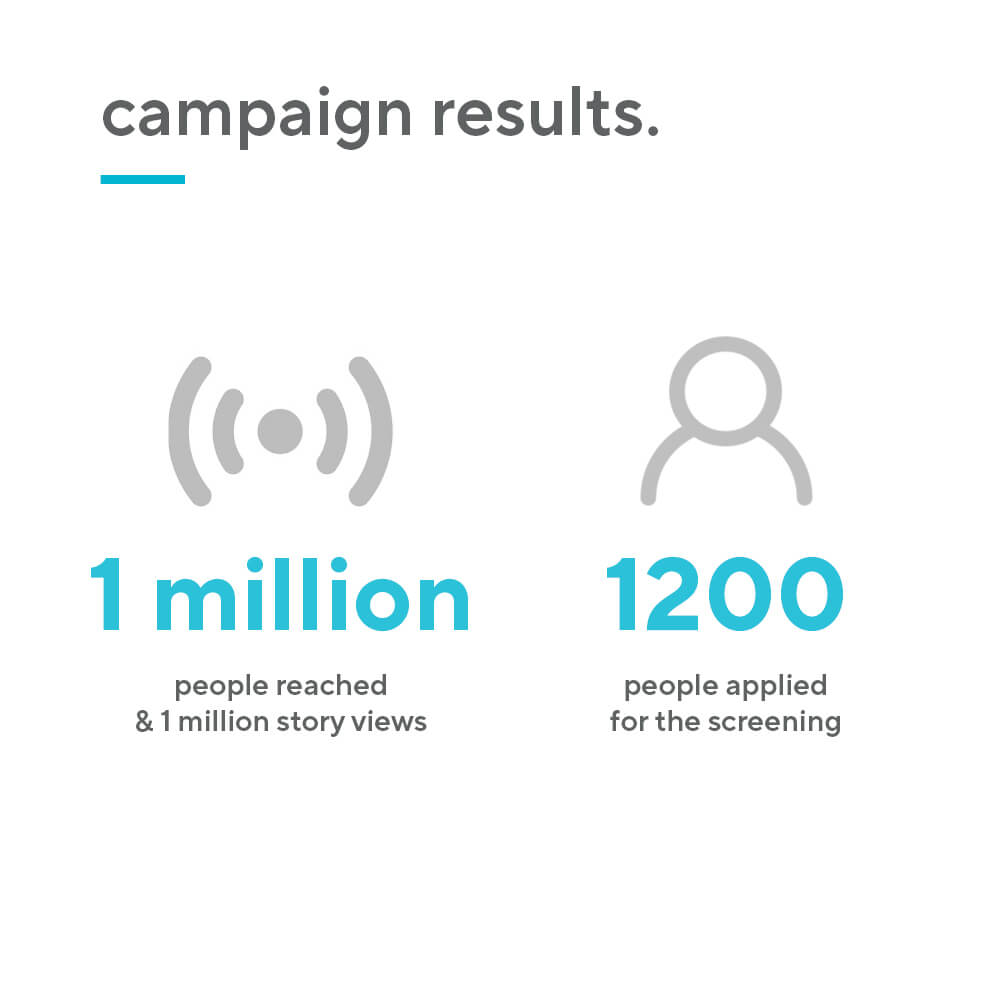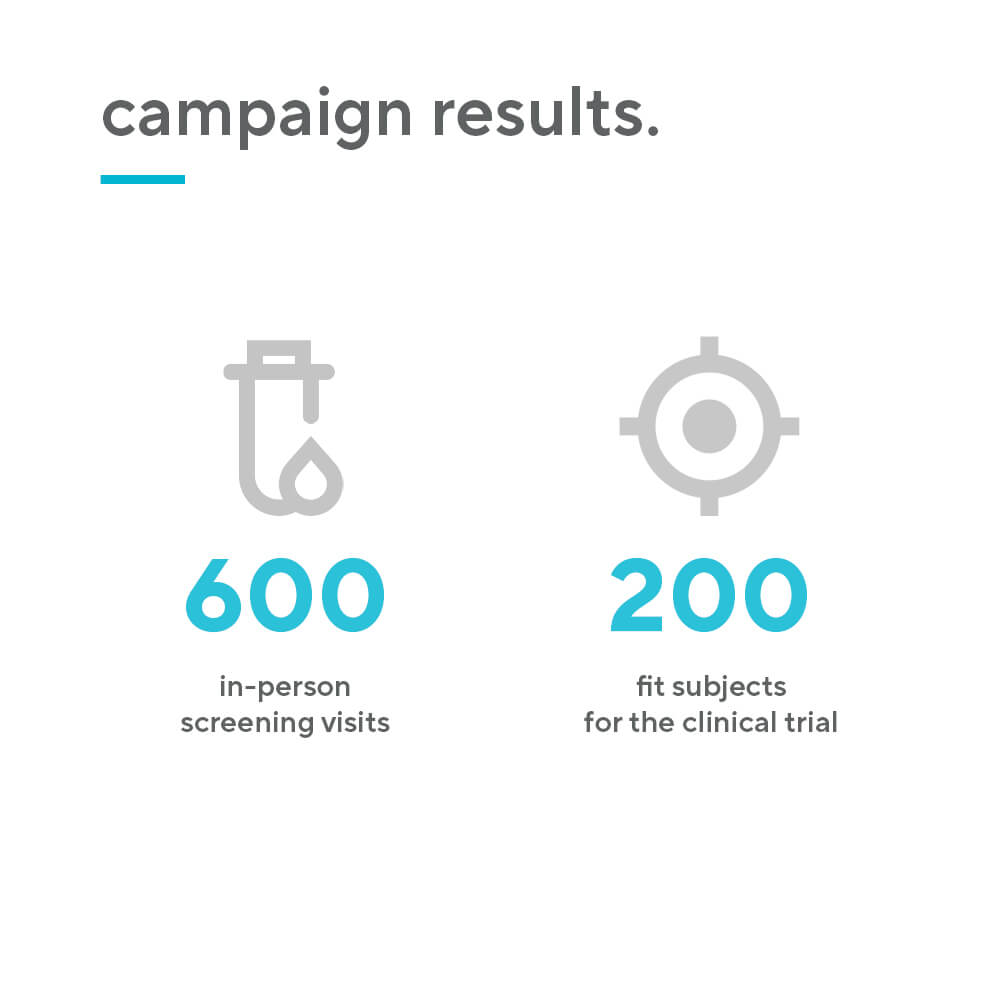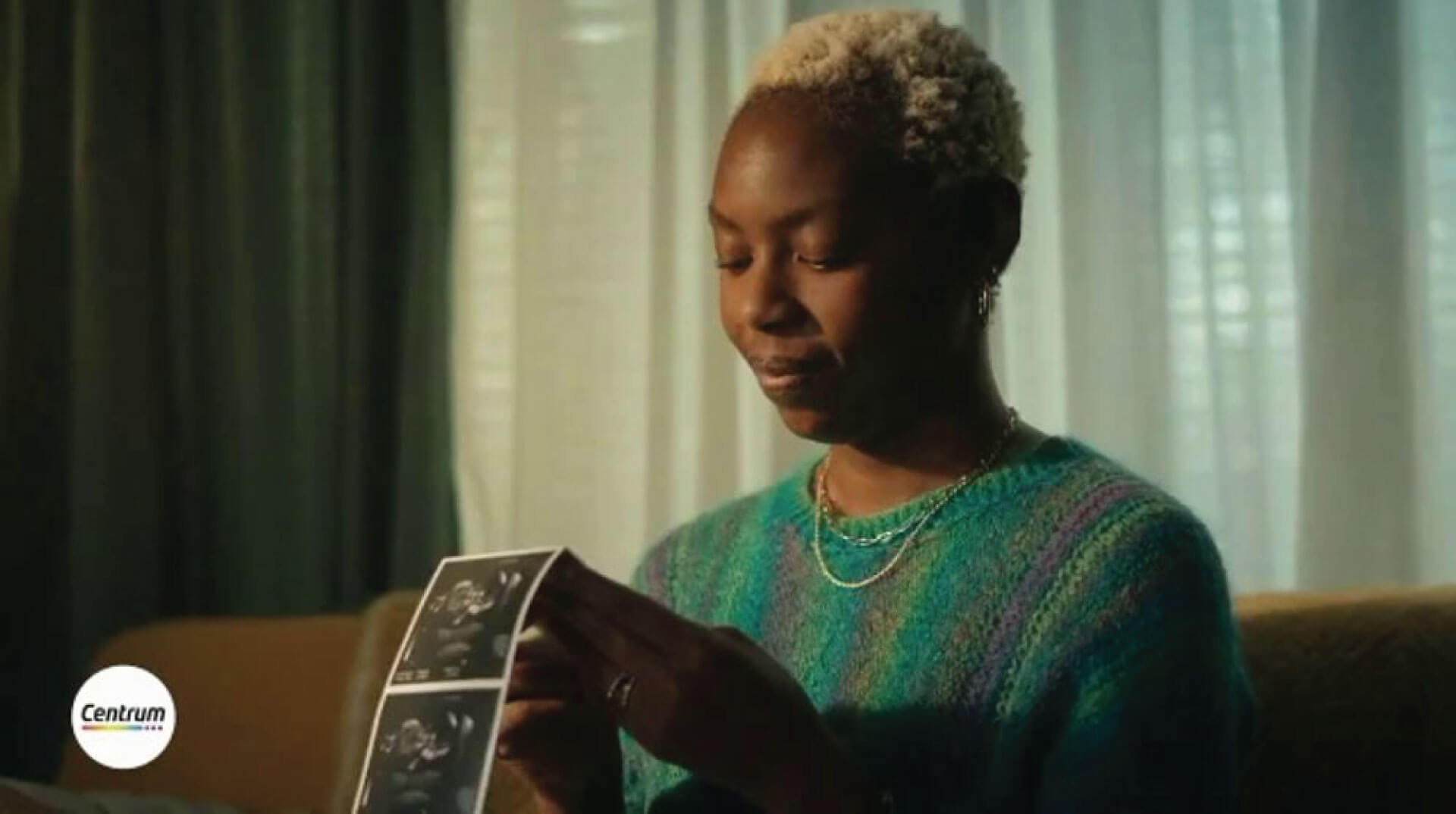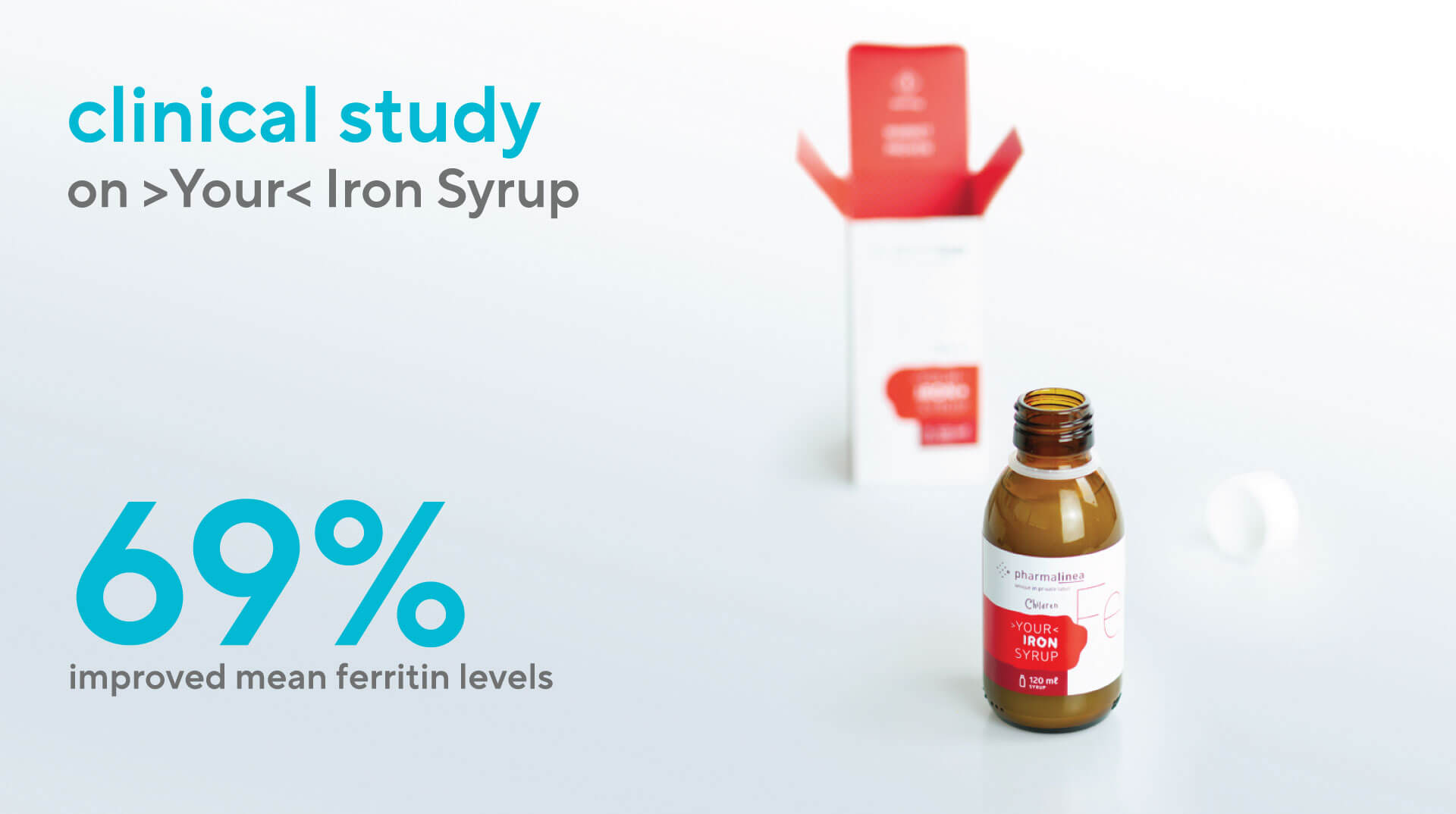Many of PharmaLinea’s products have been launched by companies that are experts in B2C marketing. We collected some of their insights on their successful go-to-market strategies, promotional tools, advertising campaigns, positioning tactics, and lessons learned. We also analyzed some of the awarded external marketing campaigns from OTC consumer healthcare brands that can, in our view, be applied to supplement products in a similar way.
Find out more about some of the most successful positioning strategies and marketing activities in the presentation.
